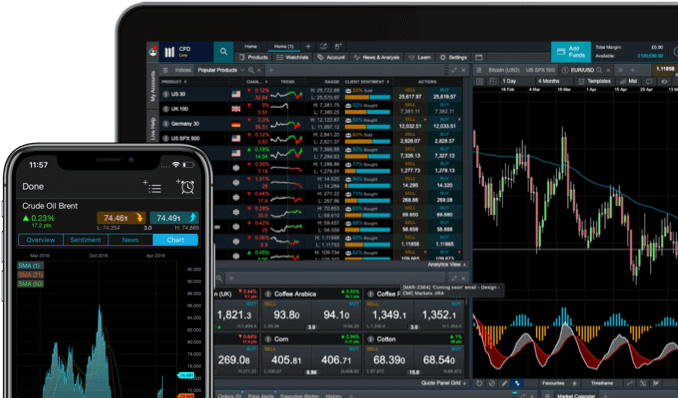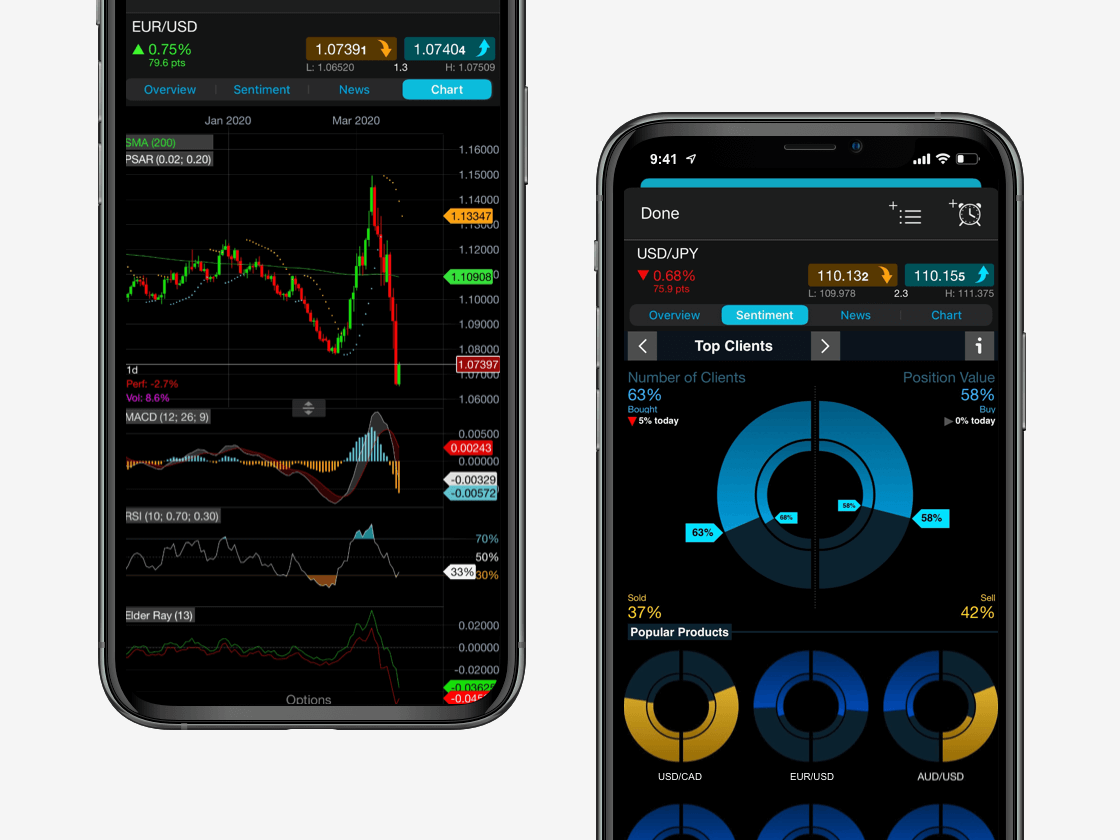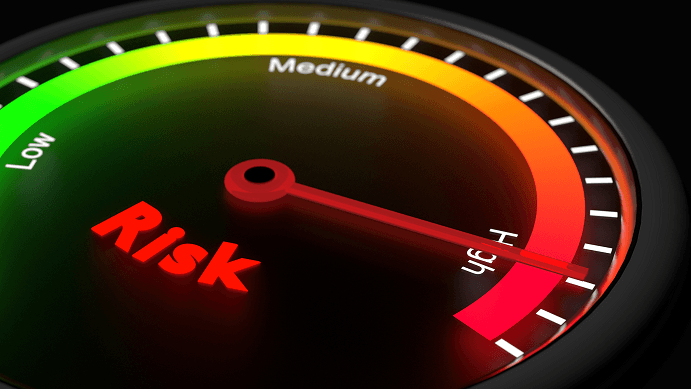What is risk management?
Risk management involves limiting your positions so that if a big market move or large string of consecutive losses does happen, your overall loss will be something you can reasonably afford. It also aims to leave enough of your trading funds intact for you to recover the losses through profitable trading within a reasonable timeframe.
Risk management is the process of measuring the size of your potential losses against the original profit potential on each new position within the financial markets, in order to succeed as a trader. Without a disciplined attitude to risk and reward, it is easy to fall into the trap of holding losing positions for too long. Hoping things will turn around before eventually closing out for a large loss makes little sense if your original objective was to make a small profit over a few hours.
Long-term trading profit can be described as a winning combination of:



















